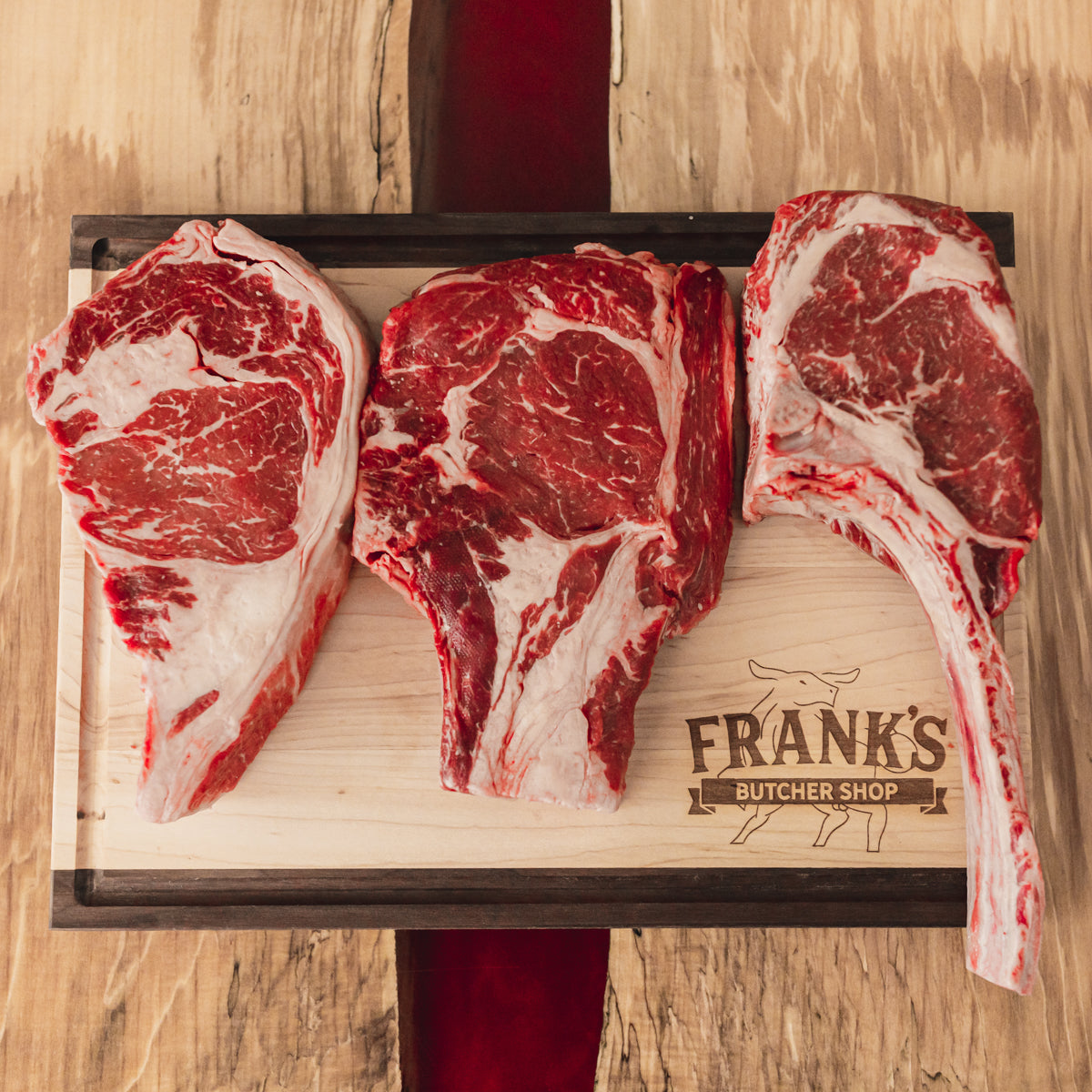Storing bulk meat at home is a smart way to save money, reduce grocery trips, and always have your favorite cuts on hand. But if you don’t do it right, you could end up with freezer burn, wasted food, or a messy freezer you hesitate to open.
In this guide, you’ll learn the best ways to freeze meat, how to organize your freezer for easy access, and tips for using your meat without any waste. Plus, we’ll answer your most common questions and show you how to get the most value from every cut.
Why Buy Meat in Bulk?
Buying meat in bulk is popular for families, foodies, and anyone who loves a good deal. You get better prices per pound, more control over quality, and the freedom to choose exactly the cuts you want. But to make the most of your investment, you need the right freezer storage tips and a little planning.
10 Essential Freezer Hacks for Bulk Meat
1. Portion Before Freezing
One of the best ways to prevent waste is to portion your meat before freezing. Divide large packages into meal-sized amounts so you only thaw what you need. This works for everything from ground beef to chicken breasts and steaks.
2. Double Wrap for Freshness
Freezer burn is the enemy of good meat. To avoid it, use a double layer: first wrap your meat tightly in plastic wrap or freezer paper, then place it in a heavy-duty freezer bag. Squeeze out as much air as possible. This keeps moisture in and ice crystals out, preserving taste and texture.
3. Label Everything Clearly
Always use a permanent marker to write the type of meat, weight, and date on every package. This makes it easy to find what you need and helps you use older items first, reducing waste.
4. Freeze Meat Flat

When freezing ground meat or even steaks, flatten the bags before freezing. Flat packages freeze faster, stack neatly, and save space. Once frozen, you can stand them upright like books for easy access.
5. Use Bins and Baskets
Organize your freezer with bins or baskets. Dedicate one for beef, and another for pork or seafood. This makes it simple to find what you need and prevents forgotten packages from getting lost at the bottom.
6. Rotate Your Stock
Always put new meat at the back or bottom of the freezer and move older packages to the front. This “first in, first out” system ensures you use the oldest meat first, reducing the risk of spoilage.
7. Keep a Freezer Inventory
A simple list on the freezer door or a digital note on your phone helps you track what you have. Mark off items as you use them and add new purchases. This saves money by preventing overbuying and helps with meal planning.
8. Freeze in Recipe-Ready Portions
Think about how you’ll use the meat. Freeze ground beef in 1-pound bags for tacos, or chicken breasts in pairs for family dinners. This makes cooking easier and prevents leftovers from going to waste.
9. Maintain the Right Temperature
Keep your freezer at 0°F (-18°C) or lower. This stops bacteria growth and keeps your meat safe for months. Use a freezer thermometer to check regularly.
10. Organize for Your Cooking Style
If you love grilling, keep steaks and burgers at the top for easy reach. Prefer slow-cooked meals? Store roasts and stew meat where you can grab them quickly. Organizing by cooking method makes meal prep a breeze.
How to Freeze Different Types of Meat

Each type of meat has its own best practices for freezing. Here’s how to handle the most common varieties:
• Beef: Beef freezes well, especially when wrapped tightly. For the best results, use vacuum-sealed bags or double wrap with freezer paper and bags. If you’re curious about the flavor differences between ribeye and sirloin, storing both in bulk lets you experiment and enjoy your favorites any time.
• Pork: Pork chops, roasts, and ground pork all freeze well. Portion and wrap as with beef. Labeling is especially important for pork, as it can be hard to tell cuts apart once frozen.
Preventing Freezer Burn
Freezer burn happens when air gets to your meat, drying it out and causing gray or white spots. It’s safe to eat, but the taste and texture suffer. To prevent freezer burn:
• Wrap meat tightly with as little air as possible.
• Use freezer-safe bags or containers.
• Don’t overload your freezer-air needs to circulate to keep everything cold.
• Use meat within recommended storage times.
How Long Can You Freeze Meat?
• Beef: Up to 12 months for steaks and roasts, 3–4 months for ground beef.
• Pork: 4–6 months for chops, 6–12 months for roasts.
• Cooked meat: 2–3 months.
Quality may decline after these times, but the meat is still safe if kept at 0°F.
Make the Most of Your Freezer Space
If you have a chest freezer, use bins or magazine holders to create layers. Store frequently used items on top and bulk meats on the bottom. For upright freezers, stack similar items together and use the door for smaller packages.
If you’re investing in a deep freezer, look for energy-efficient models and keep your freezer indoors to reduce energy use. Some of the best deep freezers for home use offer dual cooling and freezing functions to help you save even more.
Choosing the Best Meat for Freezing

When buying in bulk, quality matters. Look for local butchers or trusted online sources. Ask about how the animals are raised, what they’re fed, and if the meat is dry-aged for extra flavor. Dry-aged beef, for example, develops a richer taste and tender texture, making it a favorite for steak lovers.
Frequently Asked Questions
Q: What’s the best way to freeze meat to avoid freezer burn?
A: Double wrap your meat in plastic wrap or freezer paper, then use a freezer bag. Remove as much air as possible.
Q: Can I freeze cooked meat?
A: Yes! Cool it completely, wrap tightly, and use within 2 - 3 months for best quality.
Q: What’s the best freezer temperature for storing meat?
A: 0°F (-18°C) or lower.
Q: Can I freeze meat in its original packaging?
A: For short-term storage, yes. For longer storage, rewrap with freezer-safe materials.
Q: How do I know if frozen meat is still good?
A: If it’s been kept at 0°F, it’s safe, but quality may decline after recommended storage times.
Q: What’s the best way to store bulk meat for meal prep?
A: Portion into meal-sized amounts, label clearly, and freeze flat for easy stacking.
Make Your Freezer Work for You
Storing bulk meat doesn’t have to be stressful or wasteful. With a few smart hacks and the right storage solutions, you can keep your freezer organized, your meat fresh, and your meals delicious.
If you’re looking for top-quality meat to fill your freezer, visit Frank’s Butcher Shop. Their dry-aged beef, hand-cut with pride, delivers unbeatable flavor and tenderness in every bite. Stock up with confidence, knowing you’re getting the best for your family and your freezer.
Check out Frank’s Butcher Shop for premium cuts and expert advice, and make every meal a celebration-straight from your freezer to your table.


